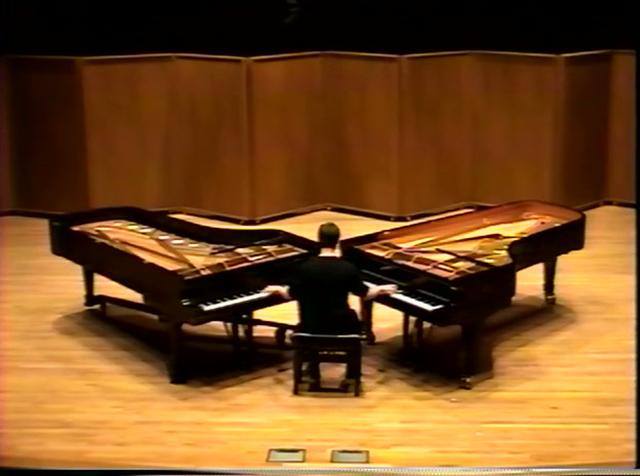
Philipp Artus
FLORA 2
The animation in FLORA is generated by overlapping sine waves that travel through a string of lines. This wave principle often appears in nature when energy is transmitted through a medium like water, air or simply a rope. It can also be observed in the locomotion of animals and human-beings, in which kinetic energy is transmitted successively through joints.
The FLORA algorithm of is based on the discovery that a simple system of rotating lines can create endless variations of abstract shapes – ranging from curved harmonious lines to edgy and chaotic patterns. The resulting aesthetics combine computational accuracy with an organic playfulness, and tend to trigger diverse associations in the mind of the viewer.
FILE FESTIVAL
gif



